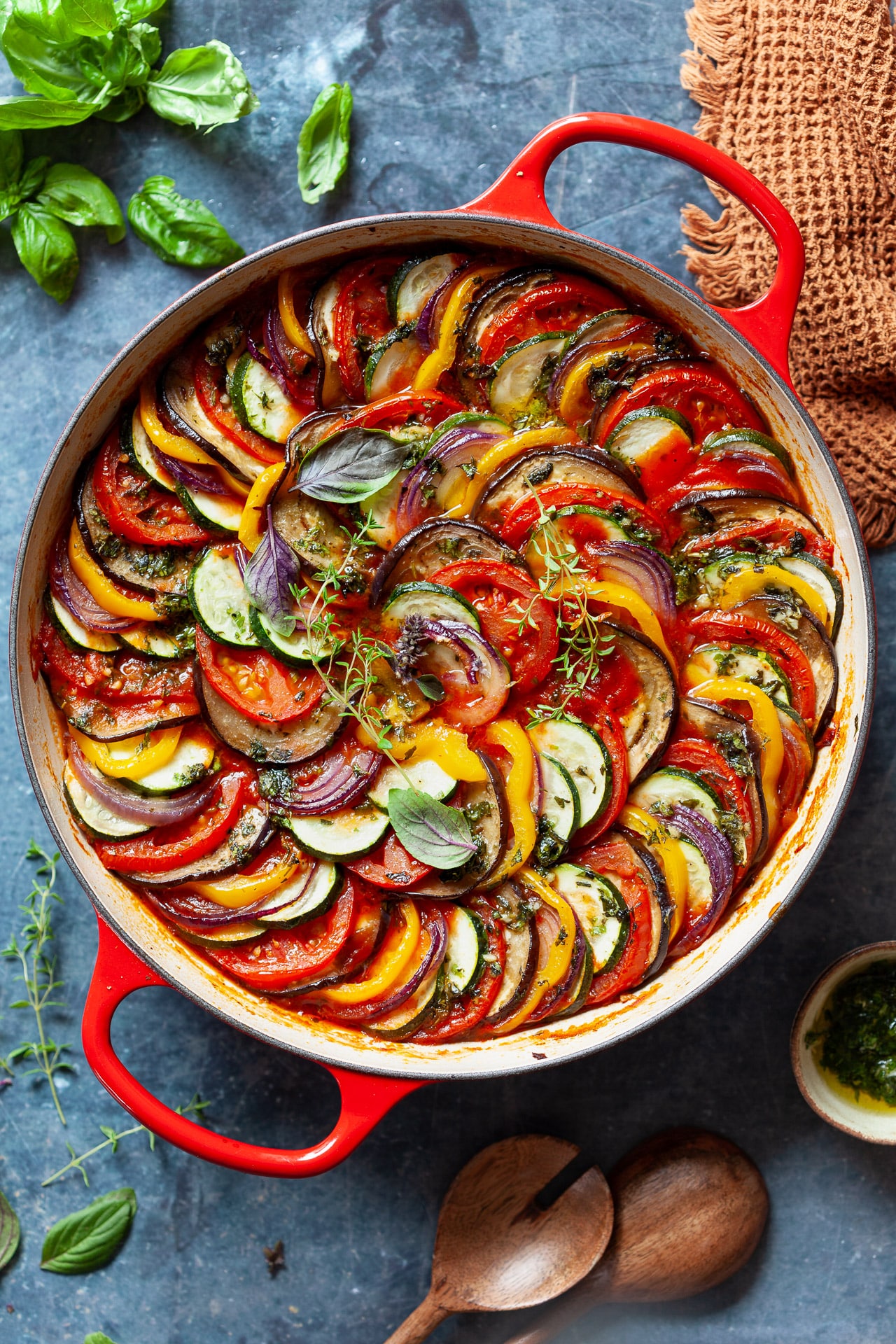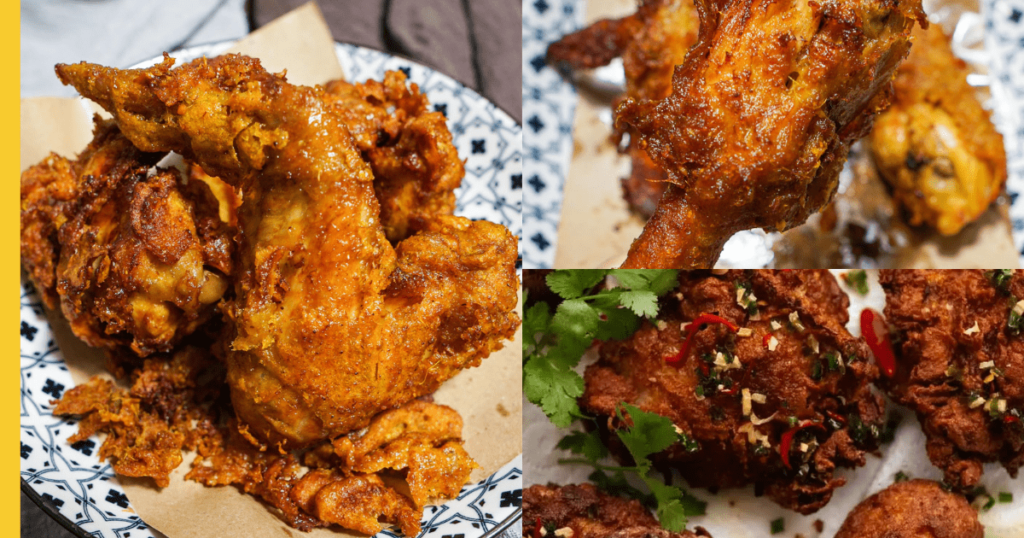A Journey Through Flavor: Unveiling the Secrets of Siomay, Indonesia’s Beloved Snack
Related Articles
- A Celebration Of Comfort: The History And Art Of Bangers And Mash
- A Journey Through Time: Exploring The Enchanting World Of Quiche Lorraine
- A Dive Into The Delicious World Of Peruvian Ceviche: From Tradition To Innovation
- Cajun And Creole Cooking: Spicing Up Your Kitchen With Gumbo And Jambalaya
- A Journey Through Time And Taste: Exploring The World Of Hummus (Timur Tengah)
Introduction
Uncover the latest details about A Journey Through Flavor: Unveiling the Secrets of Siomay, Indonesia’s Beloved Snack in this comprehensive guide.
A Journey Through Flavor: Unveiling the Secrets of Siomay, Indonesia’s Beloved Snack

Siomay, a beloved Indonesian snack, is a testament to the nation’s culinary creativity. This steamed delicacy, with its origins rooted in Chinese cuisine, has evolved into a unique and flavorful dish that captivates taste buds across the archipelago. This article delves into the fascinating world of siomay, exploring its history, diverse variations, and the art of crafting this delectable treat.
A Culinary Voyage: The History and Evolution of Siomay
Siomay’s journey begins in China, where it was known as "shaomai," a steamed dumpling filled with savory ingredients. This culinary treasure made its way to Indonesia, likely during the era of Chinese immigration in the 15th and 16th centuries. As it traveled across the seas, siomay embraced the flavors of its new home, adapting to local preferences and ingredients.
The Indonesian version of siomay took on a distinct character, evolving beyond the traditional Chinese shaomai. The use of local spices, including turmeric, lemongrass, and galangal, infused the dish with a unique aroma and taste. The inclusion of peanut sauce, a staple in Indonesian cuisine, further solidified siomay’s place as a cherished national snack.
Unraveling the Layers: The Components of Siomay
Siomay’s core ingredients are a testament to its culinary simplicity and versatility. The foundation lies in a smooth and flavorful filling, typically a blend of ground meat (chicken, beef, or fish), vegetables, and spices. This filling is then enveloped in a thin, delicate wrapper, traditionally made from wheat flour or rice paper.
A Look at the Filling:
- Ground Meat: Chicken, beef, or fish are the most common protein sources for siomay fillings. The meat is finely ground, ensuring a smooth and consistent texture.
- Vegetables: Carrots, potatoes, and cabbage are staples, adding texture and sweetness to the filling. Their vibrant colors also enhance the visual appeal of the dish.
- Spices: Turmeric, lemongrass, galangal, and peppercorns are essential spices that impart a distinct flavor profile to the filling.
- Other Ingredients: Garlic, shallots, and ginger add depth and complexity to the flavor. Some variations also include eggs, tofu, or even shrimp paste for added richness.

The Wrapper: A Delicate Embrace
The wrapper, a thin and pliable layer that encases the filling, plays a crucial role in shaping the siomay’s texture and aesthetic.
- Wheat Flour Wrapper: The most common type of wrapper, it’s made from a simple dough of wheat flour, water, and sometimes a pinch of salt. The dough is rolled out thin and cut into squares or circles, which are then used to wrap the filling.
- Rice Paper Wrapper: This translucent and delicate wrapper is made from rice flour and water. It’s soaked in warm water before being used to wrap the filling, adding a subtle sweetness to the dish.
Crafting a Culinary Masterpiece: The Art of Making Siomay
Creating siomay is a journey of culinary exploration, allowing you to experiment with different flavors and textures. Here’s a comprehensive guide to crafting this beloved Indonesian snack:
1. Preparing the Filling:
- Grounding the Meat: Choose your preferred meat and grind it finely using a food processor or meat grinder. Ensure a consistent texture for a smooth and enjoyable eating experience.
- Sautéing the Vegetables: Finely chop carrots, potatoes, and cabbage. Sauté them in a pan with a little oil until slightly softened. This process releases their natural sweetness and enhances their flavor.
- Blending the Spices: Combine ground turmeric, lemongrass, galangal, peppercorns, garlic, shallots, and ginger in a bowl. This aromatic blend forms the heart of the siomay’s flavor profile.
- Combining the Ingredients: Mix the ground meat, sautéed vegetables, and spice blend in a large bowl. Add a pinch of salt and pepper to taste.
- Adding Extra Flavor: For a richer filling, consider adding a beaten egg or a spoonful of shrimp paste. These ingredients enhance the overall flavor and texture.

2. Shaping the Siomay:
- Rolling the Wrapper: If using wheat flour wrappers, roll out the dough thinly and cut it into squares or circles. If using rice paper wrappers, soak them in warm water for a few seconds until pliable.
- Filling the Wrapper: Place a spoonful of the prepared filling in the center of each wrapper. Gently fold the edges of the wrapper to create a neat and compact package.
- Securing the Siomay: Pinch the edges of the wrapper together to secure the filling. You can use a toothpick or a small piece of string to tie the wrapper closed for a more secure seal.
3. Steaming to Perfection:
- Preparing the Steamer: Line a steamer basket with parchment paper or a clean cloth. This prevents the siomay from sticking to the steamer basket.
- Arranging the Siomay: Place the filled siomay in the steamer basket, ensuring that they have enough space to cook evenly.
- Steaming Time: Steam the siomay for 15-20 minutes, or until the filling is cooked through and the wrappers are translucent.
4. The Finishing Touches:
- Serving: Serve the siomay hot, garnished with chopped green onions, fried shallots, or a sprinkle of chili flakes.
- The Perfect Accompaniment: Siomay is traditionally served with a peanut sauce. This creamy and flavorful sauce, made from roasted peanuts, chilies, garlic, and spices, adds a final layer of complexity to the dish.
Culinary Creativity: Exploring Variations of Siomay
The beauty of siomay lies in its adaptability. Experiment with different ingredients, flavors, and presentation styles to create your own unique versions of this beloved snack.
1. Meat Variations:
- Chicken Siomay: The most common type, featuring a filling of finely ground chicken.
- Beef Siomay: A flavorful alternative, using ground beef for a richer taste.
- Fish Siomay: A lighter option, using ground fish, often with a touch of lime juice for a zesty flavor.
- Pork Siomay: A less common but equally delicious variation, featuring ground pork as the main protein.
2. Vegetable Variations:
- Carrot and Potato Siomay: A classic combination, offering sweetness and texture.
- Cabbage and Tofu Siomay: A vegetarian option, using chopped cabbage and soft tofu for a light and flavorful filling.
- Mushroom and Spinach Siomay: A healthy choice, featuring a medley of mushrooms and spinach for a savory and nutritious filling.
3. Spice Variations:
- Spicy Siomay: Add a generous amount of chili flakes to the filling for a fiery kick.
- Lemongrass and Galangal Siomay: Enhance the flavor with extra lemongrass and galangal for a more aromatic and complex taste.
- Ginger and Garlic Siomay: Add a generous amount of ginger and garlic to the filling for a pungent and flavorful twist.
4. Presentation Variations:
- Siomay with Peanut Sauce: The traditional serving style, with the siomay dipped in a creamy peanut sauce.
- Siomay with Chili Sauce: For a spicier option, serve the siomay with a chili sauce.
- Siomay with Sambal: Add a dollop of sambal, a spicy Indonesian condiment, for a fiery kick.
- Siomay with Cucumber and Tomato Salad: A refreshing accompaniment, offering a contrasting crunch and acidity.
- Siomay with Rice: A complete meal option, serving the siomay with steamed rice.
Culinary Tips for Perfect Siomay:
- Don’t Overcook the Filling: Overcooking the filling can make it dry and tough. Steam the siomay just until the filling is cooked through and the wrappers are translucent.
- Use Fresh Ingredients: The quality of your ingredients will directly impact the taste and texture of your siomay. Use fresh meat, vegetables, and spices for the best results.
- Seasoning: Taste the filling before wrapping and adjust the seasoning accordingly. Remember, you can always add more salt, pepper, or spices later.
- Experiment with Flavors: Siomay is a blank canvas for culinary creativity. Don’t be afraid to experiment with different ingredients, spices, and sauces to create your own unique versions.
- Presentation: A visually appealing presentation can enhance the enjoyment of your siomay. Arrange the siomay neatly in a serving dish and garnish with fresh herbs, fried shallots, or chili flakes.
Conclusion: Siomay – A Culinary Journey Through Indonesia
Siomay, a seemingly simple snack, offers a window into the rich culinary heritage of Indonesia. From its humble origins in Chinese cuisine to its evolution into a beloved national dish, siomay’s journey is a testament to the power of adaptation and innovation. Whether you’re a seasoned chef or a culinary novice, the art of crafting siomay is a rewarding experience that allows you to explore diverse flavors and textures. So, embark on your own siomay adventure, experiment with different variations, and discover the endless possibilities that this beloved Indonesian snack has to offer.
Closure
Thank you for reading! Stay with us for more insights on A Journey Through Flavor: Unveiling the Secrets of Siomay, Indonesia’s Beloved Snack.
Make sure to follow us for more exciting news and reviews.
We’d love to hear your thoughts about A Journey Through Flavor: Unveiling the Secrets of Siomay, Indonesia’s Beloved Snack—leave your comments below!
Stay informed with our next updates on A Journey Through Flavor: Unveiling the Secrets of Siomay, Indonesia’s Beloved Snack and other exciting topics.





